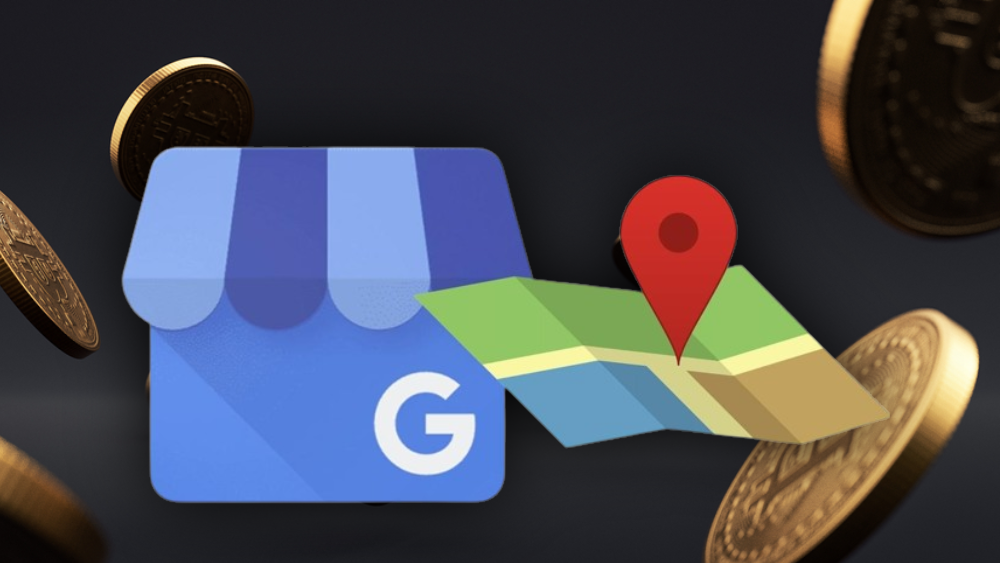Every day, thousands of people partner with some of the biggest brands in the world to earn commissions by selling their products and services online. Small businesses can follow the example of brands like Amazon and Walmart by realizing the power of affiliate marketing and starting an affiliate program of their own.
What Is Affiliate Marketing?
Affiliate marketing results from a mutually beneficial relationship between a business and an affiliate. The affiliate earns income from promoting a product or service they do not produce, while businesses gain valuable advertising at no cost to themselves.
Affiliate marketing differs from other commission-based sales models and referral programs because it provides affiliates with unique links to your website that track sales and traffic sent by the affiliate. Affiliates post their links in blogs, on social media, and on YouTube to promote your offer to their audience.
Is Affiliate Marketing Right for Your Business?
While starting an affiliate program can be very beneficial, consider the following factors before diving in:
- Profit Margin: Ensure your profit margin is large enough to pay an affiliate and still make a profit.
- Maintenance: Decide who will maintain communication with affiliates and ensure order fulfillment or delivery.
- Resource Allocation: Determine if you will hire someone for this role or manage it yourself.
You may also consider a referral program, where you incentivize existing customers to promote your products or services in exchange for rewards like cashback, discounts, or gift cards, rather than direct payments.
Performing a “SWOT” analysis can help determine the Strengths, Weaknesses, Opportunities, and Threats associated with creating an affiliate program.
Setting the Rules for Your Affiliate Program
Set clear guidelines for how your affiliate program will run:
- Decide how affiliates should represent your brand and the ways they should or shouldn’t advertise your products or services.
- Be upfront and transparent about how and when you will pay commissions.
Affiliate Compensation Models
Choosing the right commission structure is crucial:
- Pay-per-acquisition (PPA): Payment based on a customer taking action, such as signing up for a newsletter or making a purchase.
- Pay-per-impression (PPI): Payment based on the number of times an ad has been viewed.
- Cost-per-lead (CPL): Payment rate based on acquiring the contact information of genuinely interested leads.
Questions to consider:
- Will you pay a flat commission, tiered commissions, or vary commissions based on each product sold?
- What commissions do your competitors offer?
- Will you offer any additional bonuses and incentives?
- For subscription products or services, will your affiliate get paid for each payment received?
Paying Affiliates
Most brands use PayPal to handle affiliate commission payouts. PayPal offers a “Mass Payment” system to easily segment and pay affiliates based on performance, start dates, and various other factors.
Affiliate Taxes
Consult a tax professional to determine how to properly report your affiliate income. Generally, affiliates are not treated as independent contractors unless they have been paid more than $600, in which case a 1099 form would need to be issued.
Created Affiliate Program vs. Affiliate Network
Decide if you want to manage everything yourself or use an affiliate network:
Pros and Cons of Affiliate Networks
Pros:
- Access to high-performing affiliates.
- Reliable support and assistance.
Cons:
- Networks take a cut of your revenue.
- Limited to affiliates within the network.
Pros and Cons of Creating an Affiliate Program
Pros:
- Lower operation costs.
- More freedom and control.
- Not limited to network affiliates.
Cons:
- Can be complex and require technical skills.
- All marketing is done by you.
Affiliate Networks and Software Options
Affiliate Networks:
- ShareASale
- Rakuten
- Commission Junction
- ClickBank
Affiliate Software:
- AffiliateWP
- Tapfiliate
- Affiliation Software
Finding Affiliates for Your Program
Once your affiliate program is set up, attract and retain high-quality affiliates:
- Announce Your Program: Add links to your website and social media pages. Post updates informing followers about your program.
- Place Ads Online: Facebook, Twitter, Google, and LinkedIn are great places to promote your affiliate program.
- Reach Out to Bloggers and Influencers: Search for relevant keywords and blogs. Contact bloggers and influencers to build relationships and promote your brand.
- Provide Marketing Media and Email Templates: Create videos, images, articles, email templates, banners, and infographics for affiliates to use.
- Place Ads in Print Publications: Purchase ads in magazines and industry journals inviting readers to join your affiliate program.
Setting Affiliates Up for Success
Build strong relationships with your affiliates:
- Set Up an Email List: Use tools like Aweber to communicate with affiliates based on performance and other factors.
- Create a Facebook Group: Engage directly with affiliates and address their questions.
- Create an Information Page: Provide up-to-date sale information on product launches or giveaways.
New Opportunities for Big Profits
Adapting to the recent rapid changes in the economy can be challenging, but new technologies make it possible for small businesses to reach people online in ways previously available only to big brands with large budgets. Embrace these opportunities to benefit from new marketing strategies and potentially see significant profits.
By following these steps, you can effectively start and run an affiliate program that mirrors the success of giants like Amazon, tailored to the scale and needs of your small business.





